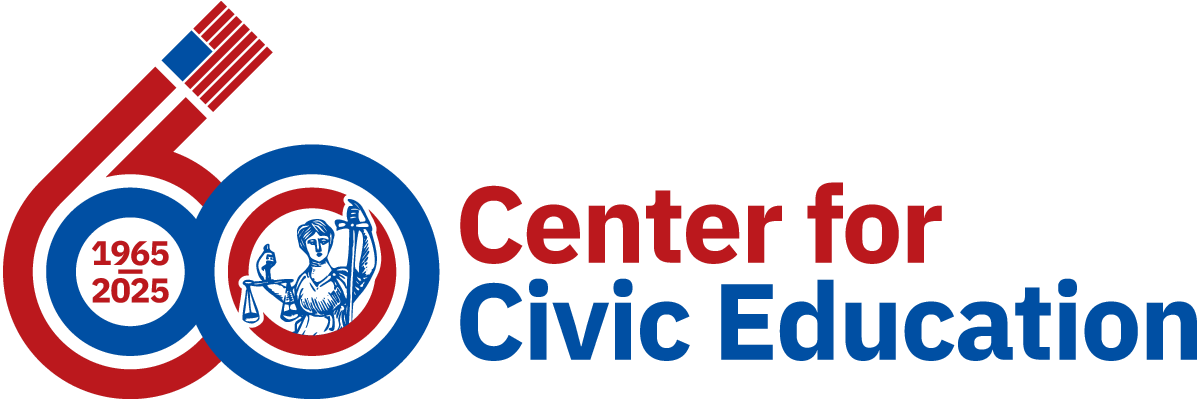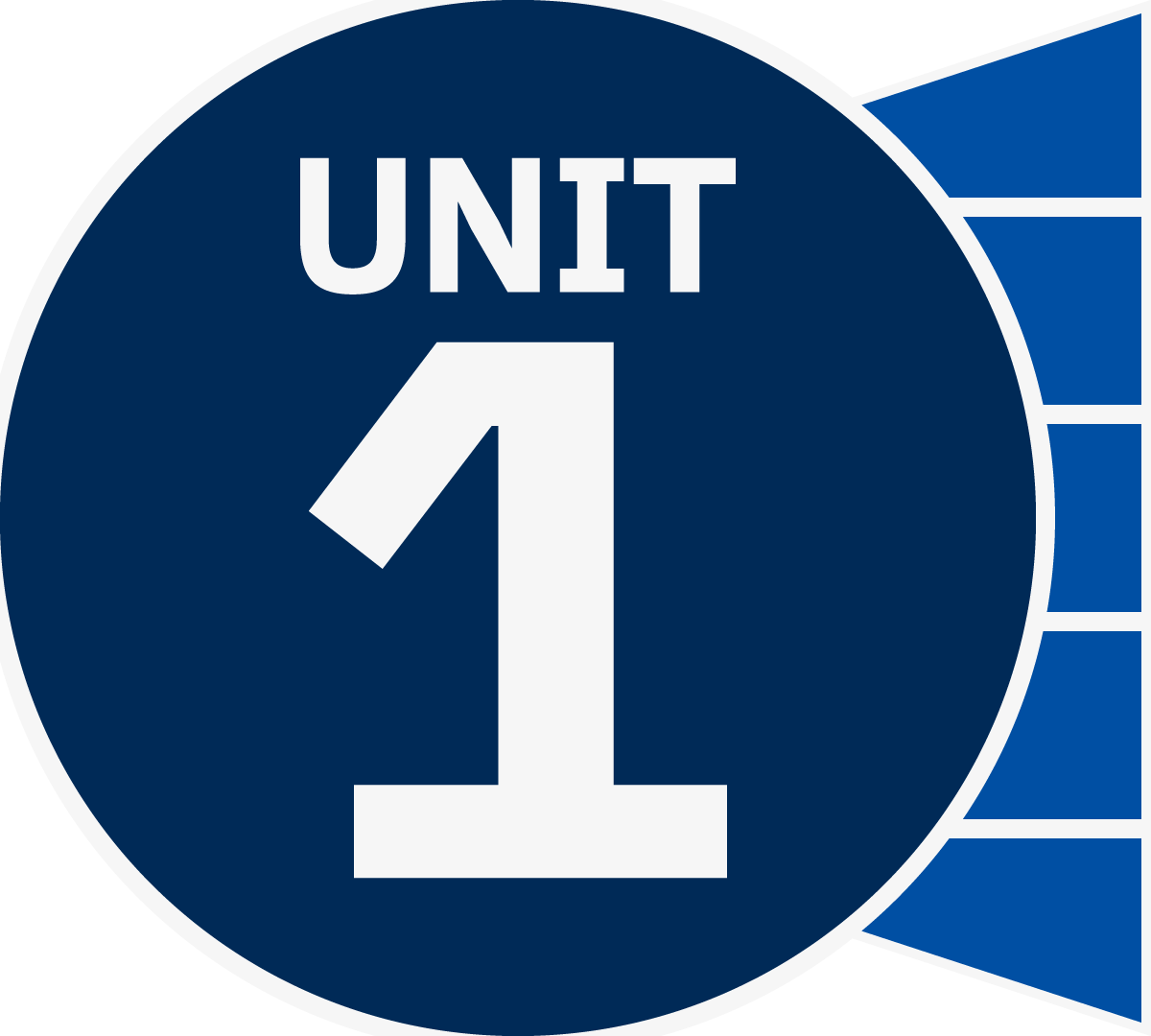Inquiry Companion: Unit 1
In Unit 1 of the We the People: The Citizen & the Constitution textbook, students examine how early Americans embraced the philosophy of individuals’ natural rights, charting the course for independence and laying the foundations of a constitutional government.
How is the Inquiry Companion Structured?
Students will engage by discussing the need for rules and laws, explore the voices of unheard perspectives through primary documents, and explain the roots of democracy in the Haudenosaunee Great Law of Peace. Students then elaborate on their understanding of individual rights versus the common good via a simulation activity. Finally, students will evaluate their new knowledge by crafting a fable to answer whether the American Revolution could have been avoided.
Best practices for culturally responsive teaching weave through each activity.
Inquiry Guide Activity
Students apply their knowledge to real-world conversations to explain and solidify thinking and new understandings with academic language in the form of a structured academic controversy, a Paideia Socratic Seminar, or other deliberation.
In this lesson, students will participate in a collaborative, intellectual dialogue about the Haudenosaunee Great Law of Peace, facilitated with open-ended questions. The main purpose of this seminar is to arrive at a fuller understanding of the textual ideas and values of ourselves and each other.
Utilize this Explain strategy activity in order to enhance students’ understanding of the We the People: The Citizen & the Constitution textbook for Level 3, Unit 1, Lesson 5 or Level 2, Unit 1, Lesson 1.
We the People: The Citizen & the Constitution (Level 3)
- Unit 1, Lesson 5: What Basic Ideas about Rights and Constitutional Government Did Colonial Americans Hold?
- Unit 1, Lesson 1: What Were the British Colonies in America Like during the 1770s?
- Attentiveness to political matters
- Listening
- Primary-source analysis
- Reading
- Self-awareness
- Self-management
- Speaking
- Discuss the roots of democracy found in the Great Law of Peace
- Participate in a Paideia Seminar to gain a fuller understanding of the Great Law of Peace and its influence on the Founders
- Did the colonists really bring democracy to the Americas?
- clans Families
- confederate Related to a political union
- contrary Opposite
- contumacious Disobedient
- deposed Removed from office
- disposition An individual’s qualities and character
- divest Take away
- erring Causing the problem
- irrespective No matter what
- manifest Made clear
- obstinacy Stubbornness
- progenitors Family line from which the people originate
- sanction Give official approval
- variance Of disagreement or inconsistent with
- vested Assigned to
- welfare Well-being
The Haudenosaunee Great Law of Peace is one of the oldest living constitutions. In the tradition of the Haudenosaunee people, the Great Law of Peace was shared orally, not in writing, and the exact date of its origin is unknown. Most scholars acknowledge 1451 as its inception date; this is 336 years before the drafting of the U.S. Constitution. Oral tradition tells of a Mohawk visionary named Dekanawida, who convinced the nations to unite to establish peace and protect life, liberty, and property.
Also known as the Iroquois Confederacy Constitution, this system still governs the Haudenosaunee people today. Through this constitution, all members of the Haudenosaunee have an equal voice in the nation’s affairs. The Great Law of Peace also outlines a system of checks and balances, guarantees political and religious freedom, and relies on consensus for decision-making.
Prior to colonization, the Haudenosaunee called the lands from present-day Canada in the north to the present-day Ohio Valley in the west and as far south as present-day North Carolina home. After the arrival of the Europeans, a majority of the Haudenosaunee people were concentrated in present-day New York. The Haudenosaunee Grand Council is the oldest governmental institution still maintaining its original form in North America.
The Founders saw important principles in the Great Law of Peace. Many scholars believe that Benjamin Franklin favored facets of the Great Law of Peace and used his position to influence other Founders. One virtue held by the Haudenosaunee people that surprised the Founders was the political power provided to women, which was not common in early American life. Ultimately, the Haudenosaunee principles of life, liberty, and property, as well as the system of checks and balances, can also be found in the United States Constitution.
Additional resources for teacher background:
In this lesson, students will investigate a primary source that will be the focus of their civil dialogue experience. Teachers should preview all student materials and resources prior to the lesson.
Part I
- Welcome students to social studies.
- Tell students that today we will investigate a constitution created by the Haudenosaunee people.
- Using your routine strategy for setting up groups, divide the class into six collaborative groups of approximately three to four student members. Each group will be assigned one of the six sections of the text.
- Follow the Unit 1 Explain Close-Reading Guide to facilitate the activity.
Part II
- Thank students for their work on the close-reading activity and acknowledge that they are scholars on their assigned sections of the Unit 1 Explain: Haudenosaunee Great Law of Peace text.
- Inform students that as a class we will now participate in a conversation about the text.
- Distribute copies of the Seminar Organizer to facilitate goal setting and reflection.
- Follow the procedures outlined in Unit 1 Explain: Paideia Seminar Plan to facilitate the discussion.
Students will demonstrate mastery of the Great Law of Peace by participating in a Paideia seminar discussion and completing a post-seminar reflection.
- Conduct a Paideia Seminar using excerpts of the Mayflower Compact.













